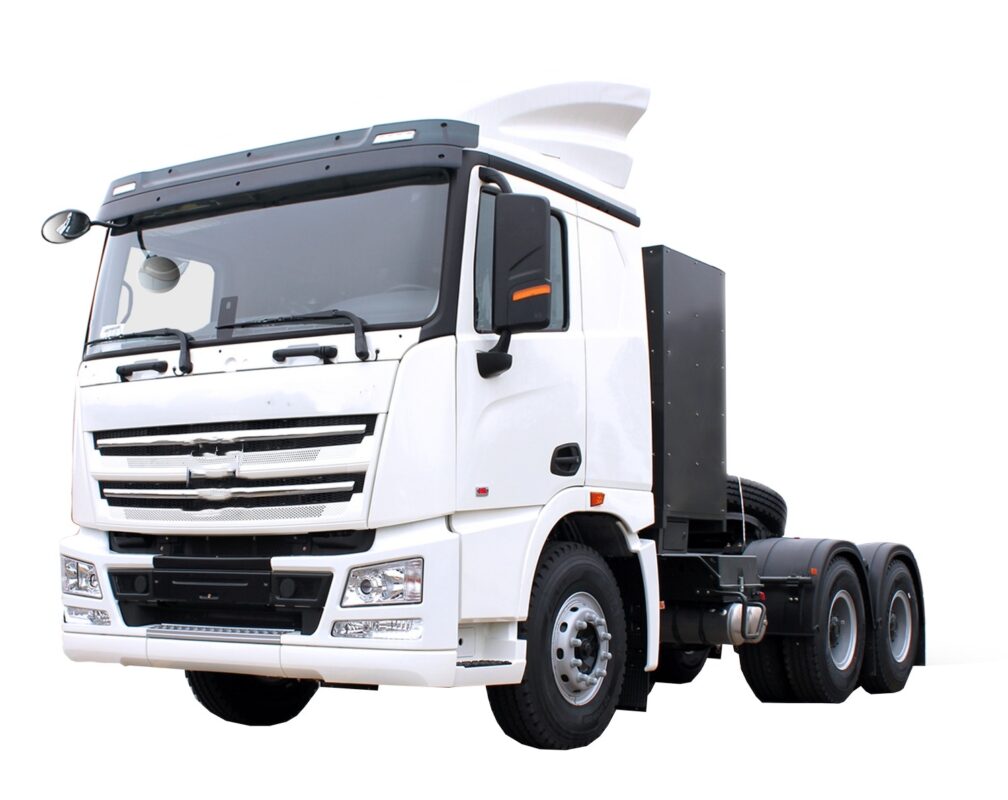Pure electric vehicles have emerged as a popular and environmentally – friendly mode of transportation in recent years. Their efficient operation and reduced environmental impact make them an attractive choice for many. However, proper maintenance is essential to ensure their optimal performance and longevity. In this article, we will explore in detail how to maintain pure electric vehicles, focusing on key components such as the battery, motor, braking system, tires, and high – voltage charging system.

How to maintain the battery of pure electric vehicles?
The battery is without a doubt one of the most critical components in a pure electric vehicle. Its health and performance directly influence the overall functionality and lifespan of the vehicle.
1. Maintaining the Appropriate Charging State
Maintaining an appropriate charging state is fundamental for battery health. Over – charging or over – discharging can significantly damage the battery. Over – charging occurs when the battery is continuously charged beyond its full capacity. This can lead to a phenomenon known as battery degradation, where the battery’s ability to hold a charge gradually decreases over time. On the other hand, over – discharging, which is allowing the battery level to drop too low, can also cause irreversible damage to the battery cells.
Modern electric vehicles are equipped with battery management systems (BMS) that are designed to prevent over – charging and over – discharging to a certain extent. However, as a vehicle owner, it is still important to be aware of these risks. For example, if you are using a slow – charge option overnight, make sure that your vehicle is set to stop charging once it reaches full capacity. And, avoid running the battery to extremely low levels, especially on a regular basis.
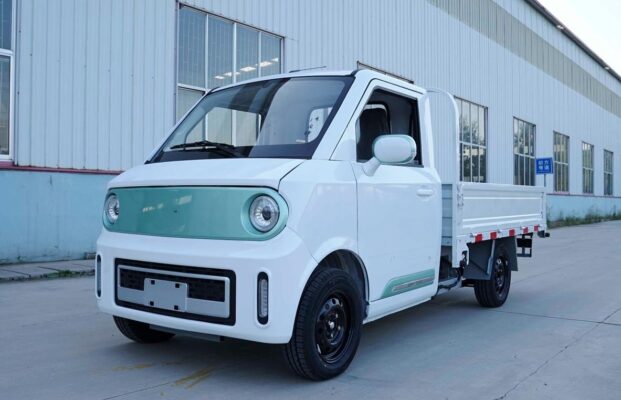
2. Temperature Considerations
Temperature plays a crucial role in battery life. Extreme temperatures, whether too high or too low, can have a negative impact. High temperatures can accelerate the chemical reactions within the battery, which may lead to faster degradation. In hot climates or during summer months, it is advisable to park the vehicle in shaded areas whenever possible. Additionally, if you live in an area with extremely high ambient temperatures, consider using a battery cooling system if your vehicle is equipped with one.
Conversely, low temperatures can reduce the battery’s efficiency. Cold weather can cause the battery’s chemical reactions to slow down, resulting in a decrease in available power. In cold regions, it may be necessary to pre – heat the battery before driving. Some electric vehicles come with built – in pre – heating features that can be activated while the vehicle is still plugged in.

3. Checking Battery Connection Lines
Regularly checking the connection lines of the battery is an often – overlooked but important aspect of battery maintenance. Loose battery connections can lead to electrical resistance, which can cause inefficiencies in charging and discharging. This can also potentially lead to overheating at the connection points.
To check the connection lines, visually inspect them for any signs of wear, corrosion, or looseness. If you notice any corrosion, it can be cleaned using a suitable cleaner. Tighten any loose connections using the appropriate tools, but be careful not to over – tighten as this can also cause damage.
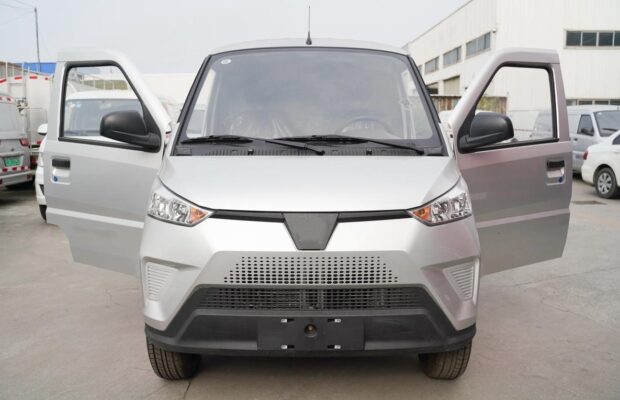
How to maintain the motor of pure electric vehicles?
The motor is the power source that drives the pure electric vehicle, and proper maintenance is key to ensuring its long – term performance.
1. Cleaning and Heat Dissipation
Regularly cleaning the motor and the nearby radiator is essential for good heat dissipation. Dirt, dust, and debris can accumulate on the motor and radiator over time, reducing their ability to dissipate heat effectively. This can lead to overheating, which can cause damage to the motor.
When cleaning, use a soft brush or compressed air to gently remove the dirt. Avoid using high – pressure water directly on the motor, as this can cause water ingress and potentially damage the electrical components. For the radiator, ensure that the fins are clean and free from any obstructions.

2. Avoiding High – Speed and Abrupt Driving Maneuvers
Long – time high – speed driving can put excessive strain on the motor, causing it to overheat. Electric motors generate heat during operation, and continuous high – speed driving can push the motor’s temperature beyond its normal operating range. It is advisable to vary your driving speed and take breaks during long trips to allow the motor to cool down.
Frequent rapid acceleration and sudden braking also increase the load on the motor and accelerate wear. Rapid acceleration requires a high amount of power from the motor in a short period, which can cause stress on the motor components. Sudden braking, on the other hand, can cause a sudden change in the motor’s load, which can also be detrimental. Try to drive smoothly, with gradual acceleration and deceleration.

How to maintain the braking system of pure electric vehicles?
The braking system in pure electric vehicles is just as important as in traditional vehicles and requires regular attention.
1. Brake Fluid Checks
Regularly checking the level and quality of the brake fluid is crucial for the normal operation of the braking system. The brake fluid level should be within the recommended range indicated in the vehicle’s manual. If the level is too low, it could indicate a leak in the system, which needs to be addressed immediately.
In addition to the level, the quality of the brake fluid is also important. Over time, brake fluid can absorb moisture, which can reduce its boiling point and affect its performance. Brake fluid should be clear and free from any signs of contamination. If the brake fluid appears cloudy or has debris in it, it should be flushed and replaced.

2. Brake Pad Replacement
Brake pads play a vital role in the braking system. They gradually wear down with use, and if not replaced in a timely manner, can affect the braking effect. Regularly inspect the brake pads for wear. Most vehicles have a built – in indicator that will alert you when the brake pads are nearing the end of their life.
If you notice a decrease in braking performance, such as a longer stopping distance or a squeaking noise when braking, it is likely that the brake pads need to be replaced. When replacing brake pads, it is important to use high – quality pads that are compatible with your vehicle’s braking system.
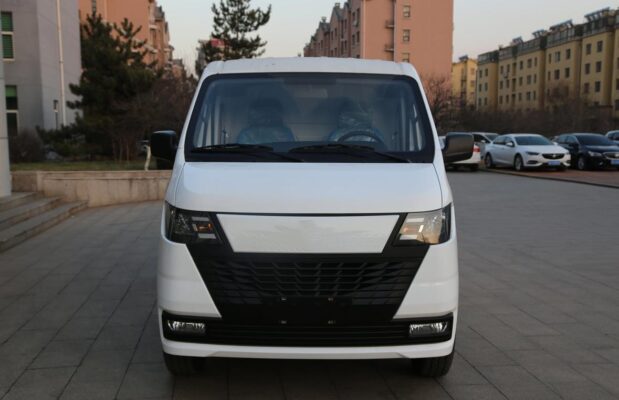
3. Avoiding Frequent Emergency Braking
Frequent emergency braking can put a significant strain on the braking system and cause it to overheat. Overheating can lead to a reduction in braking efficiency and can also cause damage to the brake components, such as warping the brake rotors.
While emergency braking may be unavoidable in certain situations, it should be minimized. Try to anticipate traffic conditions and maintain a safe following distance to reduce the need for sudden stops.
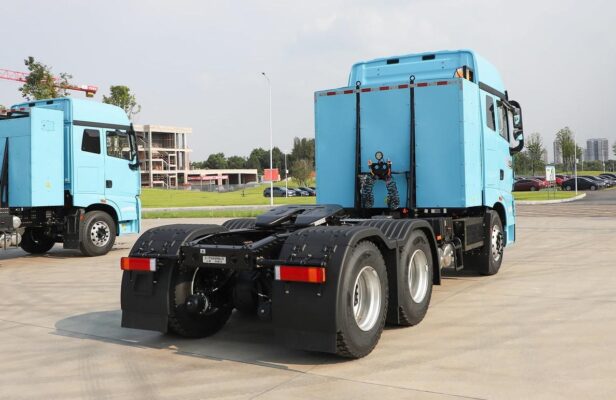
How to maintain the tires of pure electric vehicles?
Tires are a crucial part of any vehicle, and in pure electric vehicles, proper tire maintenance is essential for driving safety and efficiency.
1. Tire Pressure Monitoring
Regularly checking the tire pressure and keeping it within the range recommended by the manufacturer is vital. Incorrect tire pressure can affect the vehicle’s handling, fuel efficiency (in the case of electric vehicles, energy efficiency), and tire wear.
Under – inflated tires can cause increased rolling resistance, which means the vehicle’s motor has to work harder to move the vehicle, reducing the overall range. Over – inflated tires, on the other hand, can lead to a harsher ride and reduced traction. Use a reliable tire pressure gauge to check the pressure regularly, and adjust it as needed.

2. Tire Wear Inspection
Regularly inspecting the tire wear is necessary to ensure driving safety. Uneven tire wear can indicate problems such as improper alignment or suspension issues. Check for signs of wear on the tread, such as bald spots, cracks, or excessive wear on the edges.
If you notice any of these signs, it may be time to replace the tires. In addition to visual inspection, some vehicles are equipped with tire – wear monitoring systems that can alert you when the tires are nearing the end of their useful life.
3. Driving Habits to Reduce Tire Wear
Avoiding rapid acceleration and sudden braking can significantly reduce tire wear. These driving maneuvers can cause excessive stress on the tires, leading to premature wear. Smooth driving not only helps preserve the tires but also improves the overall driving experience and safety.
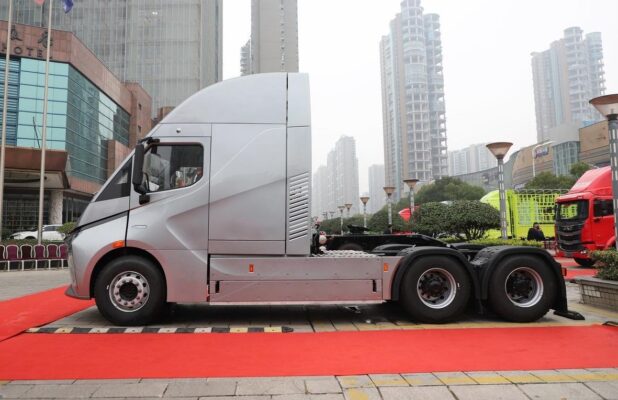
How to maintain the high – voltage charging system of pure electric vehicles?
The high – voltage charging system is a critical part of pure electric vehicles, and its maintenance is crucial for both vehicle performance and driving safety.
1. Charging Line and Plug Connection Checks
Regularly checking the connection of the charging lines and plugs is essential for safety and reliability. Loose or damaged connections can lead to arcing, which is a dangerous electrical phenomenon that can cause fires or damage to the charging system.
Inspect the charging cable for any signs of wear, such as frayed wires or cracked insulation. Also, check the plugs for any signs of corrosion or dirt. If you notice any problems, do not use the charging cable until it has been repaired or replaced.
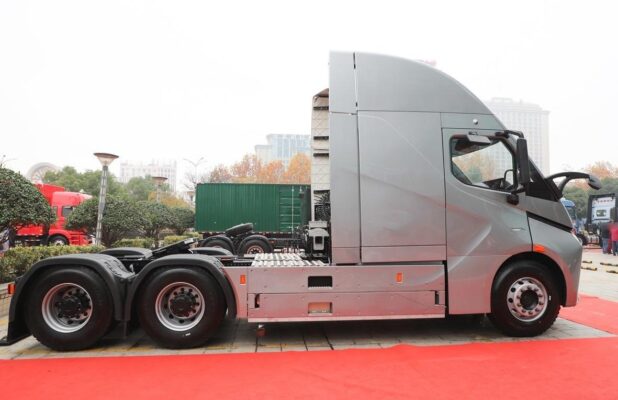
2. Avoiding Unfavorable Charging Environments
Avoiding charging in high – temperature and humid environments is important to prevent system failures. High temperatures can affect the performance of the charging components and may increase the risk of overheating. Humid environments can cause moisture to enter the charging system, which can lead to electrical short – circuits.
If possible, choose a well – ventilated and dry area for charging. If you are using a public charging station, try to select one that is in a shaded and dry location.

3. Minimizing Plugging and Unplugging Frequency
Avoid frequent plugging and unplugging of the charging cable to reduce plug wear. Each time the plug is inserted or removed, there is a small amount of wear on the contacts. Excessive wear can lead to poor electrical connection and potential problems with the charging process.
If you are planning to charge your vehicle for an extended period, try to plug it in once and leave it until the charging is complete.
In conclusion, the maintenance of pure electric vehicles is a comprehensive task that involves regular attention to various key components. By properly maintaining the battery, motor, braking system, tires, and high – voltage charging system, vehicle owners can ensure the performance and lifespan of their pure electric vehicles. This not only provides a better driving experience but also contributes to the long – term sustainability and cost – effectiveness of owning an electric vehicle.
